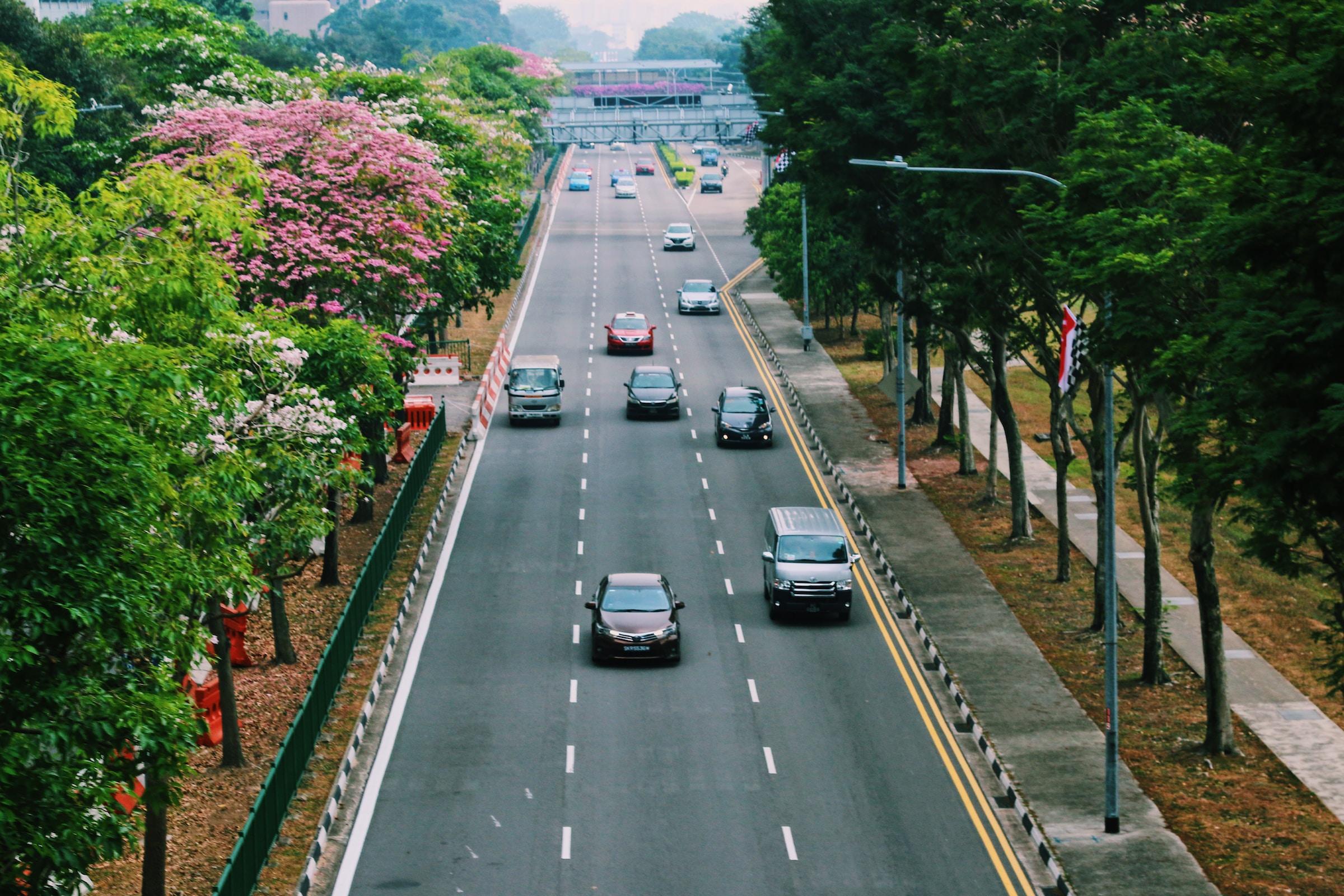In Singapore, owning a car isn’t just about paying for the vehicle itself but shelling out a six-figure sum for the privilege to do so.
Paying to Play on Singapore’s Roads
While many of us simply think of the cost of a car as the purchase price, residents of Singapore have an additional hurdle to clear: securing a certificate of entitlement. This decades-old system, put in place to combat gridlock and keep the country’s air clean, has recently reached unprecedented levels, costing potential car owners a record-breaking S$146,002 (€101,045.61) for the right to own a vehicle for a decade.
A History of Vehicle Regulation
Singapore’s unique ‘certificate of entitlement’ or COE system, implemented in 1990, was a direct response to the burgeoning number of vehicles on its roads. The city-state, known for its efficient public transport system and bustling financial hubs, introduced this mechanism to control vehicle growth in an already densely populated nation.

Only the restriction of vehicle sales saved Singapore’s thriving economy and its unique nature
A Fourfold Surge in Prices
In just over a year, the price of these certificates has surged, quadrupling from 2020 levels. For context, this sum could buy you four Toyota Camry Hybrids if you were shopping in the US. Given the average annual household salary in Singapore stands at S$121,188 (€84,057), this makes owning a car a luxury few can afford.
Bidding for a Slice of the Road
Acquiring a certificate isn’t as straightforward as just paying the fee. Prospective car owners must engage in biweekly auctions, vying for a limited number of certificates released by the government. The surge in prices is a result of heightened post-COVID economic activity, with many looking to invest in personal vehicles.
However, the Singaporean government has set a cap, ensuring the total number of vehicles doesn’t exceed 950,000. The availability of new COEs is contingent upon the number of older cars being taken off the roads.
A Balancing Act
Singapore’s stringent vehicle regulations showcase the challenges of maintaining a balance between economic activity and environmental sustainability. As the world grapples with congestion and pollution, Singapore’s model serves as a case study for cities looking for novel ways to manage urban vehicle growth.
Whether such a system could or should be implemented elsewhere remains to be seen. But one thing’s for sure: in Singapore, the cost of car ownership has become a luxury only the wealthiest can afford.
©globalgreenhouse.eu

